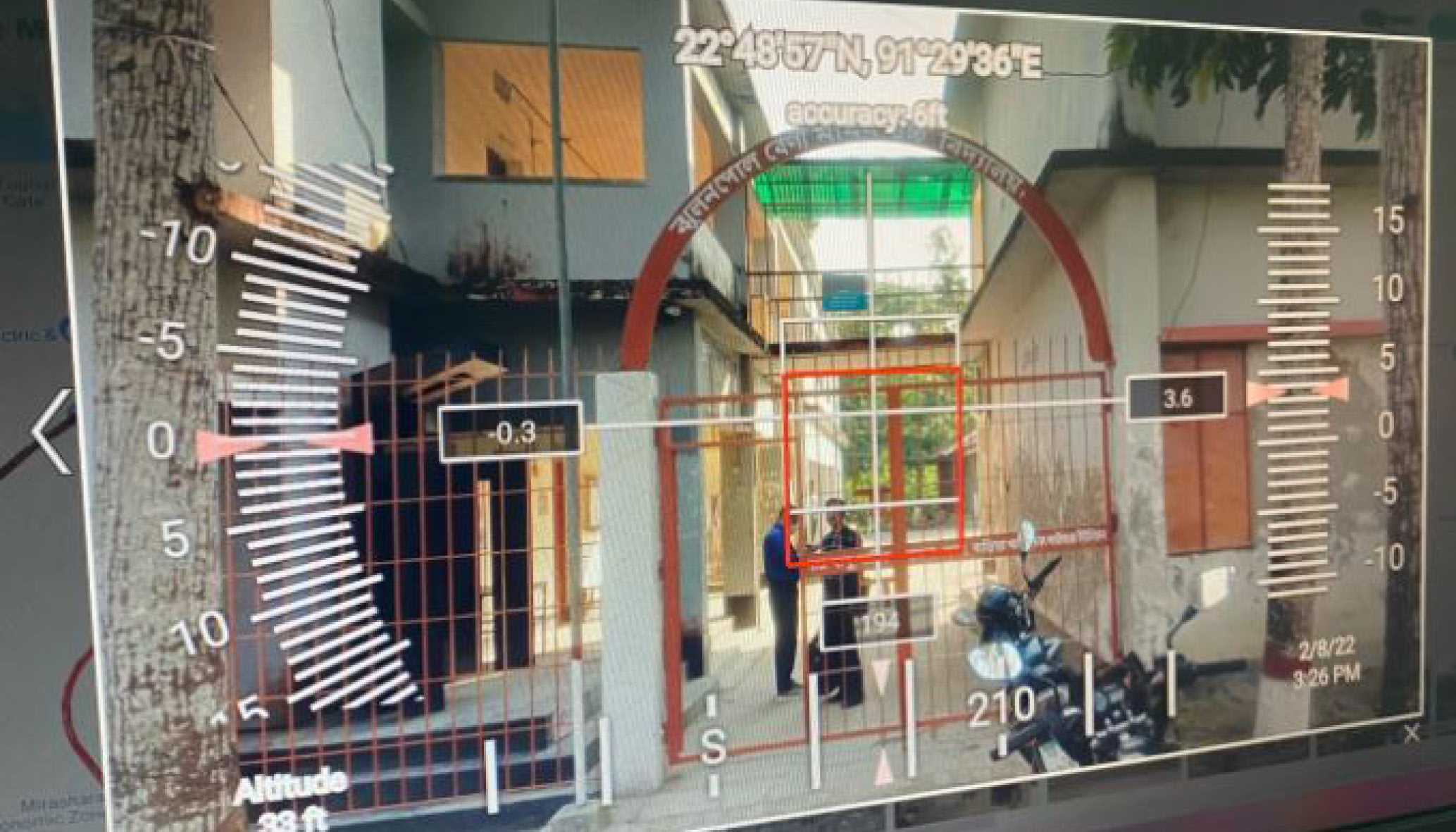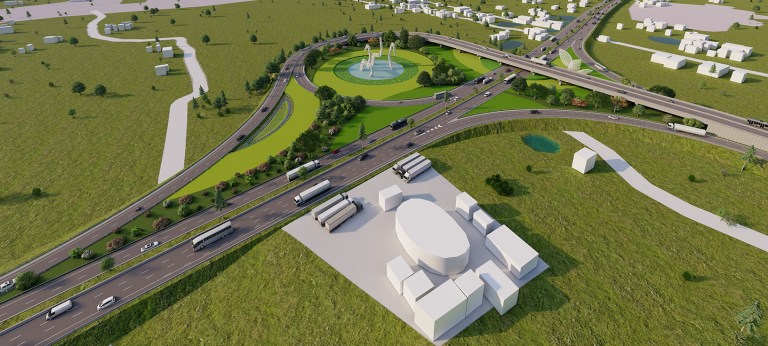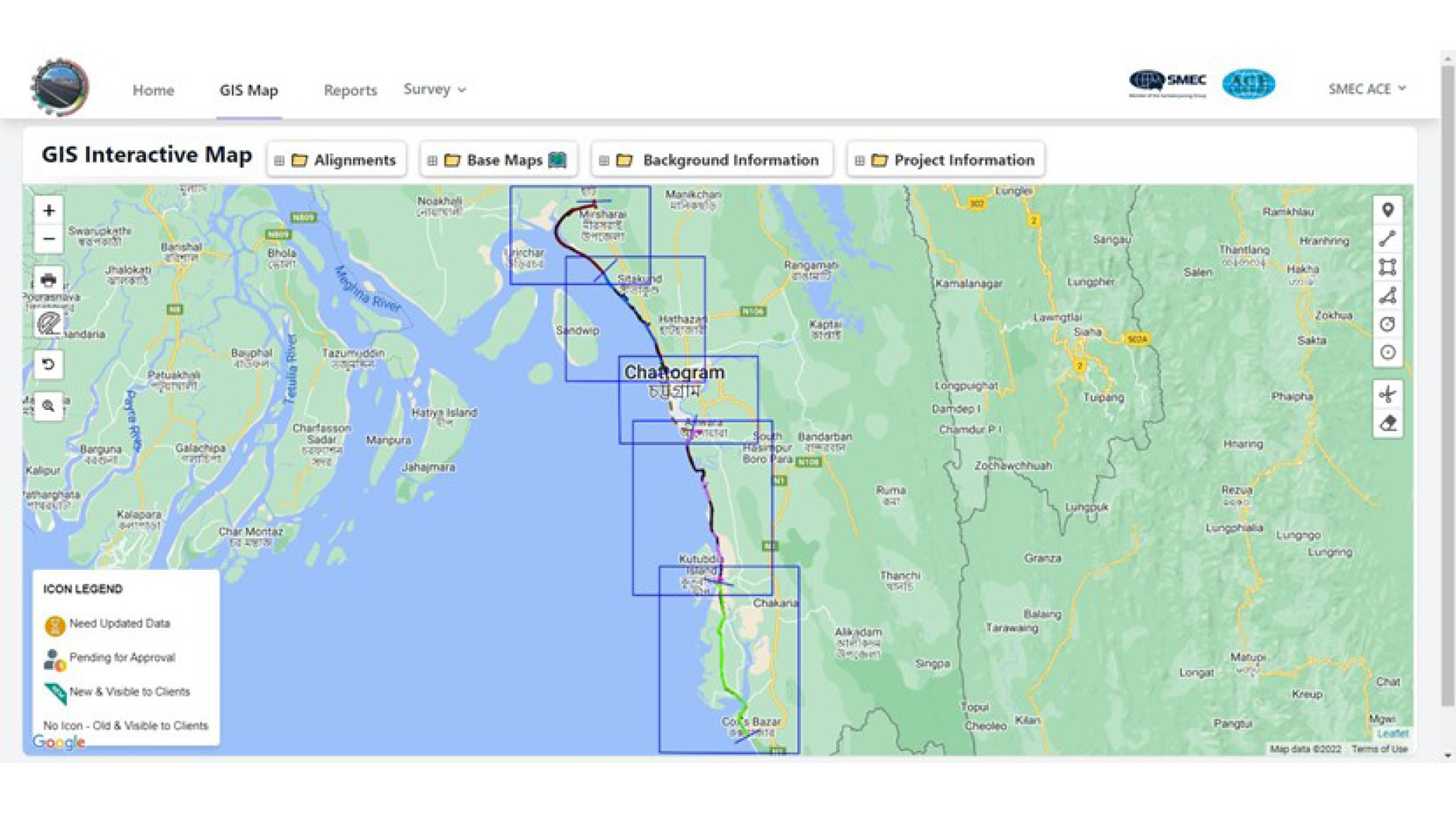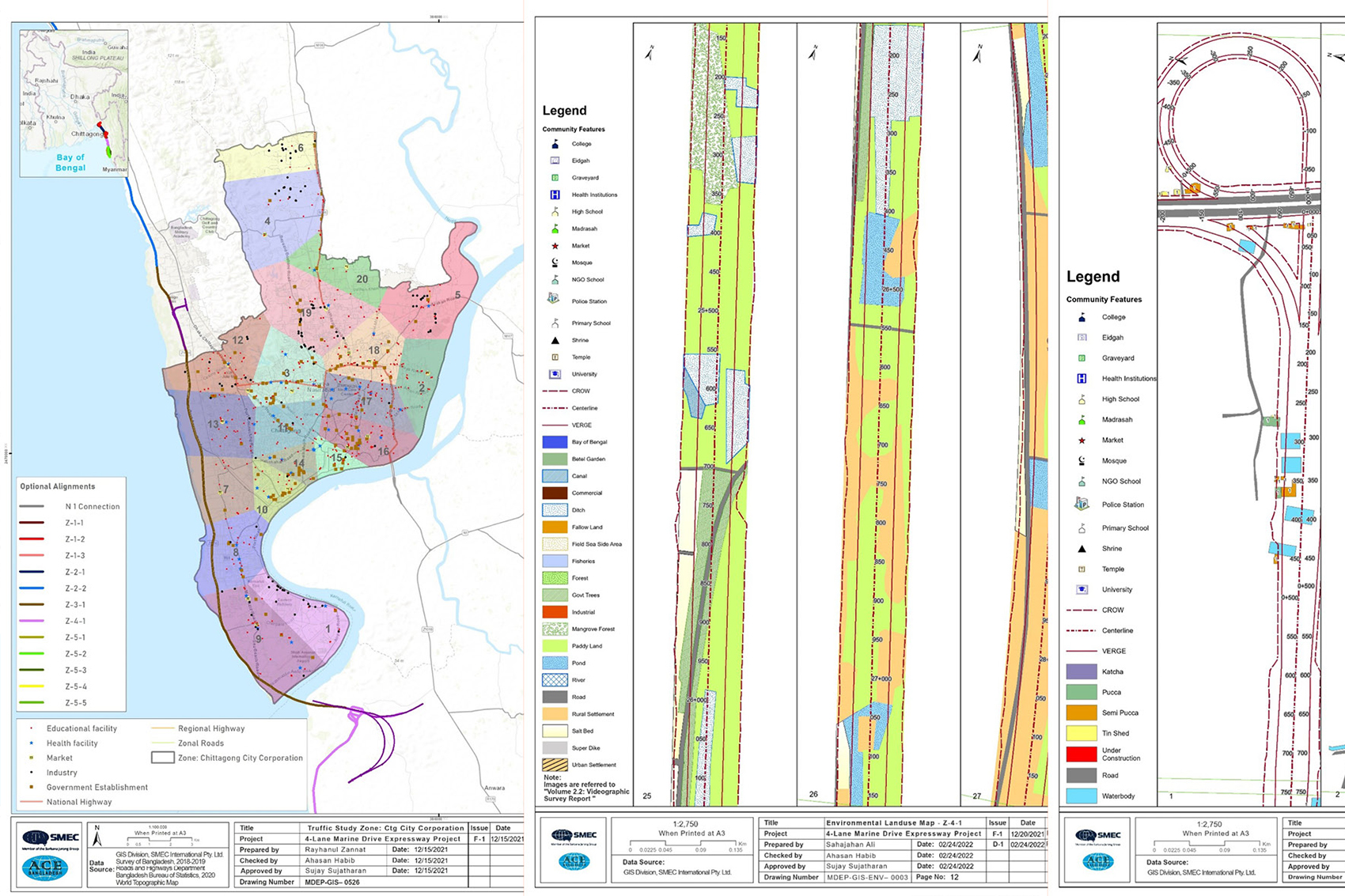
 Application of GIS on Marine Drive Expressway, Bangladesh (Part 1)
Application of GIS on Marine Drive Expressway, Bangladesh (Part 1)
Complex highway projects require meticulous planning and consideration. At SMEC, Geographic Information Systems (GIS) technology has emerged as a powerful tool, adding value for our clients and partners across all stages of the project lifecycle as well as ongoing asset management.
 Energising a nation’s capital: Canberra Light Rail
Energising a nation’s capital: Canberra Light Rail
It was an exciting Saturday in April 2019 as the Canberra Light Rail, after more than a decade in planning and construction, opened its doors to the public. It’s the first light rail system for Australia’s capital and a key element of the Australian Capital Territory (ACT)’s Government’s Canberra Plan, a strategic guide to the city’s future growth.








